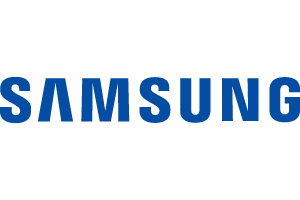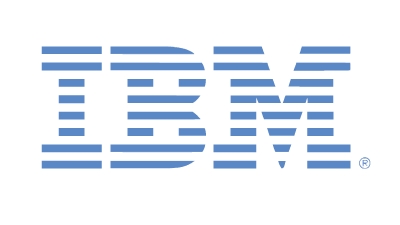What is d-business?
Submitted by Anonymous (not verified) on
Where should a CEO start with d-business? It sounds sort of obvious, but start at the beginning; define exactly what you mean by d-business.
Not enough CEOs spend time discussing and agreeing on a corporate definition of a new trend to make sure the entire leadership team is on the same page about what it is and why it matters to them. Far too often organizations get lost in endless internal debates where senior leaders use their own—often contradictory—definitions, ultimately distracting their teams from the opportunity that exists if action is taken sooner rather than later. The onslaught of digitalization is certainly one of those trends that require this level of attention, definition and leadership from the CEO; it’s critical that the executive leadership team start by defining the trend for the organization.
We can help you to start the ball rolling.
As d-business is an evolution from e-business, the two will often by compared and confusion will arise from incorrect usage of each. At Gartner we have adopted the usage of the US Census Bureau’s definition of e-business, which is:
Electronic business or e-business is any process that a business organization conducts over a computer-mediated network. Business organizations include any for-profit, governmental, or nonprofit entity. Their processes include production-, customer-, and internal or management-focused business processes
The Gartner definition of d- business is:
Digital business, or d-business, is the creation of new business designs by blurring the digital and the physical worlds due to the convergence of people, business and things.
So what is the main difference? Things!
E-business was the interaction between people and business, specifically business processes using the internet as the integrating technology or network. D-business is the relationship between people business and things. It is about the connection of things to the internet and how those things directly interact with people and business, and indirectly how they create data or information that allows new value to be created.
D-business has a number of specific attributes. They are:
Nearly all physical and virtual assets in the value chain are digitalized. Intelligent “things” are incorporated into end-to-end processes.
The business creates and is dynamic and responsive to “business moments,” based on current context.
Customers and constituents are engaged principally through digital means. Most sales, delivery and service functions are fully automated. Digital generates revenue and/or tangible value for the organization. Most human- or analog-based processes are eliminated.
Employee engagement occurs principally through digital means. Team collaboration is done virtually, in the moment.
Operational processes are digitalized. Traditional analog and manual processes are automated, including both physical and human elements. Many decisions are algorithmic, based on automated judgment.
Things become agents for themselves, for people and for business. The added connectivity, communications and intelligence of things makes many of them agents for services that are currently requested and delivered through people.
Have you led this discussion with your executive leadership team? How did it go? What did you learn? How did your definition change to reflect the perspective of your colleagues across the business? Let us know.






